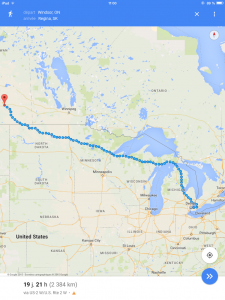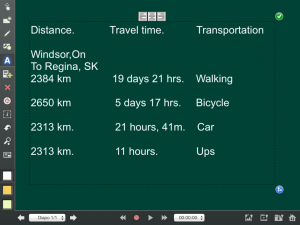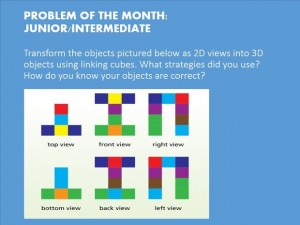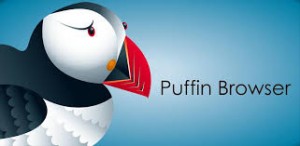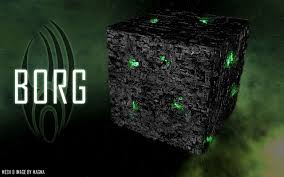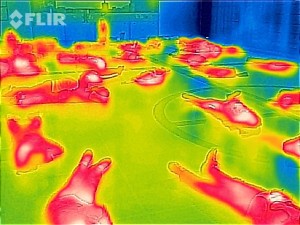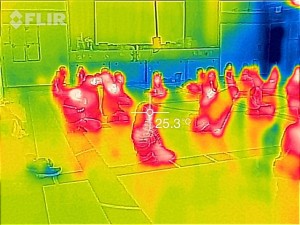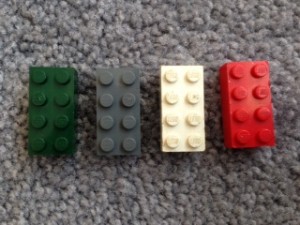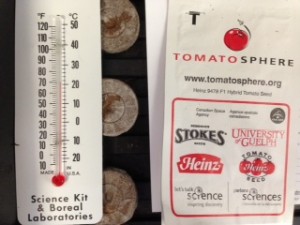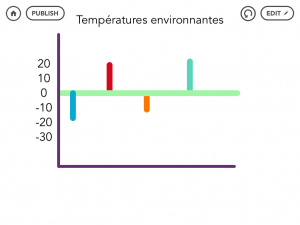http://www.cbc.ca/news/canada/windsor/regina-couple-orders-140-super-bowl-pizza-from-windsor-ont-1.2933778
There is a lot of mathematics in our daily talk and in the news that can be used in the classroom. In this news, a couple from Regina wants to order pizza from Windsor, ON to Regina, SK for the SuperBowl. Using this news, we can calculate distances between the two cities. We can also calculate the length of time to travel the distance using various modes of transportation. We can also calculate the costs involved with using various modes of transportation. We can see the relationships between various units of measurement. Using Google Maps, students can investigate the patterns between travel times while walking, driving, taking the train. The data collected can be organized in tables or graphs.
The following lesson discuss traveling time using various modes of transportation in Canada.
Dear friend,
I would like to share an awesome NPP with you 🙂 Just open this link. Hope you enjoy it!
Me 🙂
Calculations using this news involves many strands of the Ontario Curriculum:
Number Sense and Numeration
• read, represent, compare, and order whole numbers to 10 000, decimal numbers to tenths, and simple fractions, and represent money amounts to $100;
• solve problems involving the addition, subtraction, multiplication, and division of single- and multi-digit whole numbers, and involving the addition and subtraction of decimal numbers to tenths and money amounts, using a variety of strategies;
• demonstrate an understanding of proportional reasoning by investigating whole-number unit rates.
Measurement
• estimate, measure, and record length, perimeter, area, mass, capacity, volume, and elapsed time, using a variety of strategies;
• determine the relationships among units and measurable attributes, including the area and perimeter of rectangles.
Geometry and Spatial Sense
• identify and describe the location of an object, using a grid map, and reflect two-dimensional shapes
Patterning and Algebra
• describe, extend, and create a variety of numeric and geometric patterns, make predictions related to the patterns, and investigate repeating patterns involving reflections;
• demonstrate an understanding of equality between pairs of expressions, using addition, subtraction, and multiplication.
Data Management and Probability
• collect and organize discrete primary data and display the data using charts and graphs, including stem-and-leaf plots and double bar graphs;
• read, describe, and interpret primary data and secondary data presented in charts and graphs, including stem-and-leaf plots and double bar graphs;


